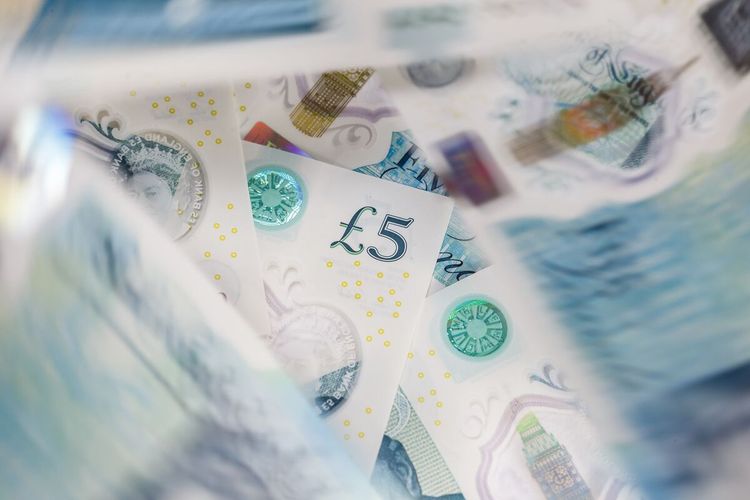FTSE 100 Live: UK Stocks See Sharpest Fall in Two Weeks

Recently, we asked for questions about markets on Instagram and have been gradually going through all of your responses.
We had some inquiries about the future of currencies, so that's what I'll be discussing today.
During the beginning of 2024, the fluctuation of currency rates was very low, as traders believed that central banks would make similar decisions regarding rate cuts. This resulted in a first quarter where the euro had its third smallest range ever and sterling had its second smallest since the 1970s.
Since that time, we have observed some changes in the market as policymakers have started to take steps at varying rates. The pound has experienced significant fluctuations, with a rise of over 7% against the dollar from its lowest point in April to its peak last month.
Many experts predict that the pound will slightly decrease in value for the remainder of the year. The average prediction in Bloomberg's survey suggests a decrease to $1.30, down from the current $1.31. On the other hand, it is anticipated that the euro will maintain its value against the dollar.
The important thing to remember is that right now, markets and central bankers are heavily influenced by data. This means that if there are reports indicating that the Bank of England, Federal Reserve, or European Central Bank need to either proceed with caution or take more aggressive actions in their efforts to stimulate the economy, we could still see significant shifts in the market.









































